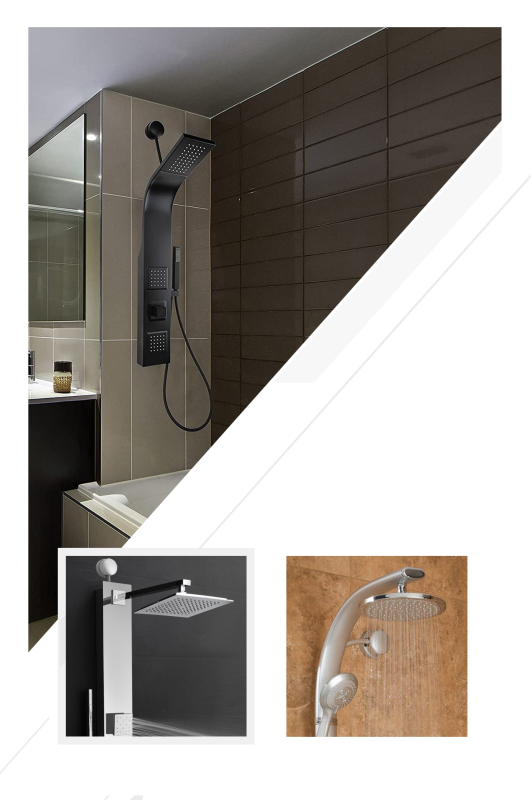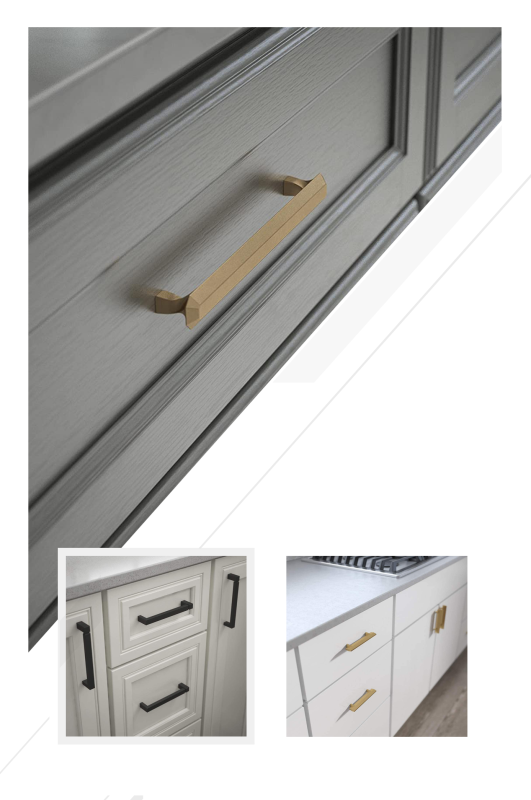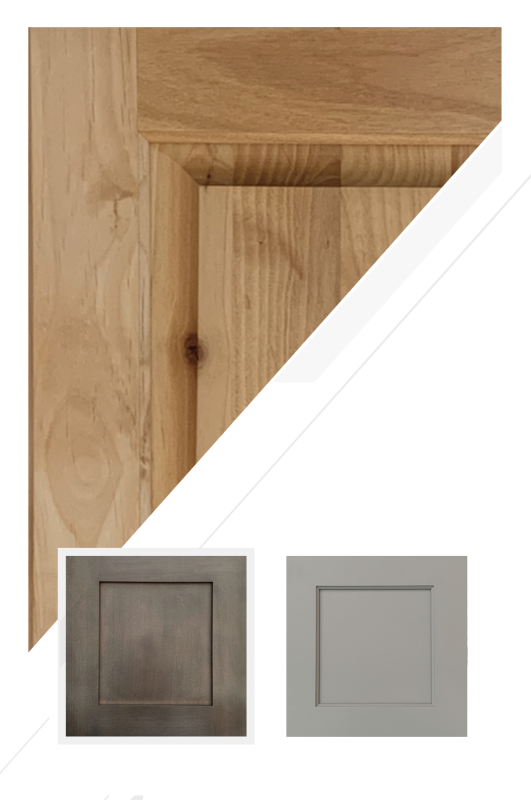Power That Stays On: Solar, Batteries, and Backup Plans for California Rebuilds
By Joy Line Homes California
After a wildfire, families want more than a new roof. They want control. Joy Line Homes designs utility systems that keep lights on, fridges cold, and phones charged when the grid blinks. Our solar ready roofs, tidy battery enclosures, and clear utility walls give inspectors confidence and owners peace. Whether you live in Los Angeles, Ventura, Santa Rosa, Napa, or Paradise, the method is the same. Clean layout, labeled parts, and a simple operating plan that works during normal weeks and during the tough ones.
Resilience begins with a map. We group meters, disconnects, main service, and a critical loads panel on one wall. Batteries sit nearby with short conduit runs. Roof attachment points are marked. Conduit paths are labeled from attic to wall. When everyone can see the path, work moves. When the grid drops, the home switches without drama.
Critical Loads First
Backup works when it powers what matters. We create a short list of circuits that keep life moving. Refrigerator, a small zone of lights, outlets for phones and routers, a bedroom or two, the air handler fan, and a few low draw appliances. This list becomes the critical loads panel. Labeled breakers match the home’s life, not a guess. Owners can see what stays alive in an outage and what rests until the grid returns. Clarity saves batteries and lowers stress.
On rural parcels, well pumps may join the list. We test start draw and steady draw during commissioning so there are no surprises on a windy night. The panel tells the truth and the home behaves as planned.
Solar Ready Roofs and Simple Wire Paths
Good solar needs straight lines and clean structure. Joy Line marks attachment zones on the roof plan and keeps penetrations grouped where the framing is strongest. Conduit paths drop to the utility wall by the shortest route and avoid crowded corners. Future installers see a tidy map and finish work without cutting new holes. The roof stays tight. The inspection is short. The array looks like it belongs because the house invited it from day one.
Where shade is strong, we plan arrays to match, or we size batteries for targeted backup without a large field of panels. The goal is performance that fits the address instead of a one size pitch.
Batteries that Live Neatly
Batteries deserve a calm corner. We place them on a level pad with clearances that inspectors recognize. Conduit is short, labeled, and protected. A simple placard shows the shutoff path from array to inverter to battery to critical loads panel. Owners see how to isolate the system without hunting for hidden switches. When service is needed, a tech can reach every fastener and label without moving boxes or climbing around clutter.
In coastal Ventura, hardware and enclosures respect salt air. In hot valleys, vents and shade keep equipment within happy temperatures. Small choices protect big investments.
Generators as a Bridge, Not a Crutch
Some families want a generator for long outages. We treat it as a thoughtful bridge. The pad sits away from windows. The transfer switch and gas shutoff are labeled on the same wall. Exhaust paths are clear. The generator does not power the whole house. It supports the same critical loads panel so fuel use is sensible and noise is rare. When the battery covers most events and the generator covers the rare long one, life stays quiet and costs stay sane.
For neighborhoods, we offer a quiet test routine that runs at midday once a month. The street stays friendly and owners know the system is ready.
Outage Modes You Can Trust
Buttons should be few. We program three simple scenes. Everyday mode lets solar charge the battery and run the home while the grid stays in control. Storm watch mode reserves charge when weather calls for it. Outage mode powers only critical circuits and ignores tempting high draw loads. The thermostat shifts to a calm setpoint and the water heater rests. Owners see which lights and outlets are live from the label and carry on. The plan is simple enough to explain to a neighbor in one minute.
Each scene prints on a one page card near the utility wall. The same card lives in the digital binder and in a note on the fridge. Redundancy beats panic.
Meter Wall that Inspectors Approve
Inspection is easiest when devices appear in a known order. Joy Line sets the meter, main panel, emergency disconnect, inverter, battery disconnect, and critical loads panel in a tidy row. Working space is clear. Heights are consistent. Labels are engraved, not taped. Conduit runs are straight and tight to the wall. The result looks like a diagram brought to life. Reviewers nod, owners smile, and tie ins move forward without extra visits.
On clustered streets, this same layout repeats house to house. Inspectors and utility techs learn the system and sign several addresses in one window.
Appliance Choices that Help Backup Go Farther
Appliances decide how long a battery lasts. Induction cooking reduces heat and spikes. Heat pump water heaters and dryers sip power. LED lighting everywhere keeps rooms bright for pennies. A quiet, efficient refrigerator is worth more than a large screen that sits dark during an outage. We guide selections so comfort and resilience grow together. Owners do not feel limited. They feel steady when the neighborhood goes dark.
Bathroom fans and kitchen hoods run on timers and short ducts. Air quality stays high without draining reserves. Small planning steps protect long evenings.
EVs as Mobile Batteries
Electric vehicles can help a home if the system is prepared. We rough in a conduit path and a labeled breaker for a bidirectional charger when desired. The utility wall shows the location even if the device is added later. During a rare long outage, the car can support critical circuits for a short time. Owners decide when to share power and when to reserve it for travel. The system gives choices instead of limits.
Driveway pads keep turning radii wide and cords off walkways. Safety remains calm even when cables appear for a weekend storm.
Paperwork that Moves Quickly
Permits and utility approvals prefer order. Our packet includes one line diagrams, equipment cut sheets, roof attachment notes, and clear labeling photos. The same file names appear on every job. Reviewers know where to click. Installers see the exact landing points. Lenders and insurers recognize that the system is documented with the same care as the envelope. Funding and signoffs move in step with work, not weeks behind it.
When neighbors rebuild together, we reuse the same packet with address updates. The street benefits from momentum and shared knowledge.
Safety and Service Access
The best system is the one that can be serviced in minutes. We keep three feet clear in front of panels and disconnects. We protect exposed runs where bikes and bins live. We label shutoffs in plain language. Fire responders can follow the placard without a call. Owners can reset a breaker without a ladder. The result is confidence. When tools are needed, they are simple. When time is short, instructions are shorter.
Battery closets and enclosures include ventilation and clean floors. A tidy space invites care. Care keeps systems ready for the next storm or event.
ADUs that Share the Plan
Accessory dwelling units follow the same resilience rules. A small critical loads panel, a clear utility wall, and a conduit path for future solar make the unit a steady partner. During construction, the ADU can be powered first so families move back sooner. After move in, it can support relatives or earn income, while the main home’s battery and array carry the property through short outages with ease.
Courtyard layouts allow both buildings to use shaded evening patios while keeping grills and wood away from walls. Comfort and safety live side by side without effort.
City Notes: One Resilience Language, Five Places
Los Angeles: Hillsides favor compact arrays, short conduit drops, and early morning inspections that keep school routes open. Clear placards help first responders on tight lanes.
Ventura: Coastal salt asks for coated fasteners, sealed fittings, and covered inverters. Shade devices cool west glass and protect gear from afternoon heat.
Santa Rosa: Neighborhood grids see brief outages. Battery first with a small generator pad optional. Shared meter wall layouts make block approvals quick.
Napa: Rural parcels often need a well pump on the critical list. Test start loads during commissioning and label the breaker with steady draw notes.
Paradise: Narrow lanes reward compact equipment and clear addresses. Torque logs for pile platforms sit next to one line diagrams so inspectors sign both structure and power without delay.
Stories from Recent Installs
In Los Angeles, a family watched lights stay bright while the street blinked. The critical loads panel carried a fridge, lights, fans, and the router with ease. In Ventura, coated hardware and a shaded inverter kept temperatures low during a hot week. In Santa Rosa, three neighbors used the same meter wall layout and passed in a single window. In Napa, a well pump started smoothly after we tested draw and set the breaker. In Paradise, a compact battery wall and a calm placard helped crews finish tie ins before lunch and the home felt steady through the first windy night.
Care that Keeps the Lights On
Once a month, owners check labels, wipe enclosures, and review the one page card. Twice a year, they test outage mode for ten minutes. Filters in mechanical spaces are changed on schedule so fans do not fight dust. After storms, a quick walk confirms downspout paths and clears the five foot band. These habits fit a Saturday and keep systems ready without stress.
The Joy Line Perspective
Resilience should feel simple. A tidy utility wall, a truthful critical loads list, and a clear set of scenes turn complex gear into everyday comfort. Joy Line Homes designs that path, builds it clean, and documents it so inspectors, lenders, and owners all move together. When the grid stumbles, your home does not. Power stays on. Routines continue. Life feels calm again.
About Joy Line Homes
Joy Line Homes builds modular residences and ADUs with solar ready roofs, battery smart layouts, and clear utility walls. Our systems pass review, serve daily life, and carry families through outages with steady comfort.
Visit JoyLineHomes.com to request a resilience packet with one line diagrams, critical loads templates, and a utility wall layout.
We are based in Santa Cruz County ,
California
Tel: (831) 888-Home
Email: info@joylinehomes.com
Business Hours: 9am - 6pm











